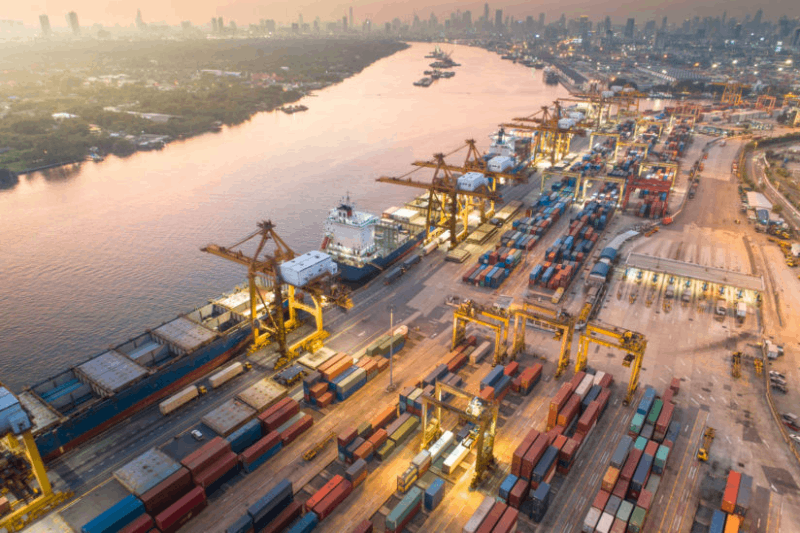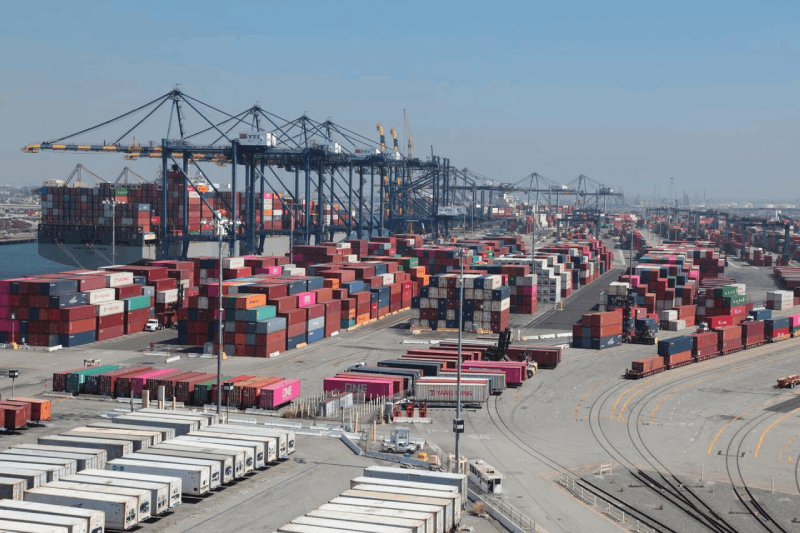Time:2021-07-21 Publisher:Kevin Num:7545

Recently, congestion has occurred in many ports, which makes the price of ship freight rising. This phenomenon is also true in Sydney port in Australia and Auckland port in New Zealand.
The sudden congestion of Sydney and Auckland ports and the huge import demand make the shipper have to bear the high freight, and the carrier also has to pay for the delay of shipping.
In fact, the average delay time of these two ports in the past six months has reached 8 to 10 days.
Sydney Port
In Sydney port, many people in the industry describe it as a congested fortress of Australian port, and many ships stay in Sydney port for as long as a week.
It has been pointed out that the port congestion may be affected by the local strike action, while large ships continue to enter Australia's ports, making the country's port operators busy.
According to the relevant staff of Maersk, Maersk announced the cancellation of the ship's call at the Australian port.
"Due to major congestion at the destination port, our shipping schedule is delayed. In order to avoid delay, we need to adjust our direction to reduce delay and avoid damage to the market capacity.
Auckland port
At the port of Auckland, New Zealand, congestion has caused heavy losses to shippers in the country.
Some exporters said that the current surge in demand for containers in the market and the shortage of personnel jointly caused the delay.
According to poal data, vessels are currently waiting for berths for up to five days, with 9.4 days delay in picking up containers after their scheduled arrival.
Australia's delay is also partly due to Auckland's timetable. Relevant people said that shipping companies recently began to cancel the "congestion surcharge" of Sydney port, so the problem there will be eased.

Present situation
At present, the only port left in Australia is Sydney port. Due to the congestion, the actual arrival time from Sydney to the coast of New Zealand will change
Strong import demand put further pressure on the port, causing further delays and tightening overall capacity supply.
Walden pointed out that exports from North Asia and Southeast Asia to Australia increased by 45% and 20% year-on-year respectively from December to may, mainly driven by e-commerce transactions.
"This strong import demand puts pressure on the terminals and their operations, and it's really difficult for shipping companies to maintain weekly service," he added.
"For example, if a service changes from once a week to once every 10 days, it means that by the end of the year we will deliver 40 voyages instead of 52, that is, remove about 35000 TEU from the market."
Based on charter costs, delays and rising fuel prices, Walden said carrier costs would increase in the foreseeable future. "It's important that we can maintain freight rates to ensure that we can pay for and invest in the next few years."



